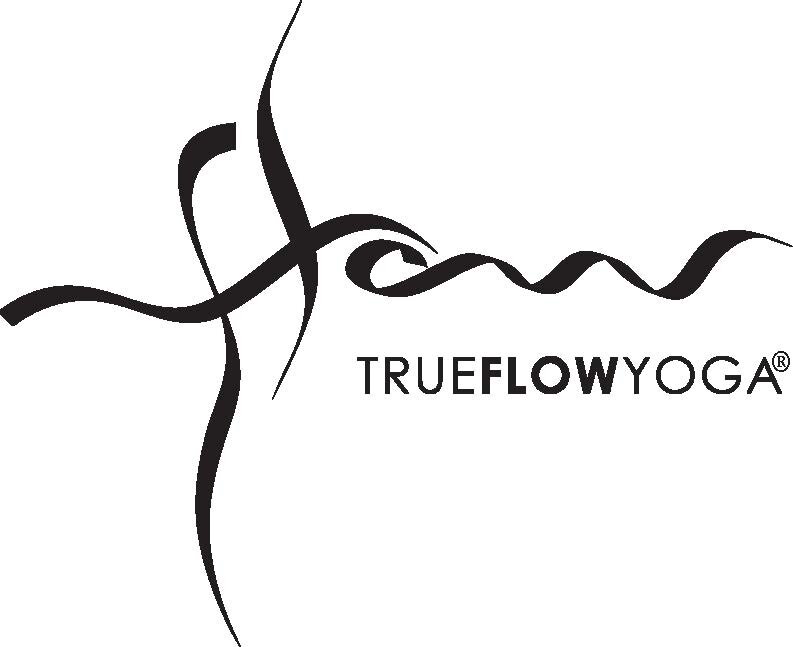"Carry your body, but please do not let your body carry you! Walking in the streets, one can see people heavily following their bodies. Their heads lean forwards, pulled by their necks, on their insecure legs, their feet scarcely touching the ground. It is evident that they are slaves to their bodies, following the whispering of their minds." – Vanda Scaravelli
Students often tell me that they are puzzled by their difficulty with balancing poses. While I realize they are speaking of poses like Vrksasana (Tree), Garudasana (Eagle), and Ardha Chandrasana (Half Moon), we need to remember that EVERY yoga posture is a balancing asana. We should always be challenging ourselves to create an equal distribution of weight among the parts of the body that are contacting the earth.
The most basic of yoga postures, Tadasana (Mountain) is often referred to by the command to attention: Samasthiti; Sama = equal, Sthiti = balance. It is sometimes said that in all yoga poses, one searches for the balance of Tadasana – hence the reason this pose is taught at the beginning of nearly every yoga class. While small children have to make a determined effort to learn to balance their weight between their two feet, we all assume to have mastered the art of standing at this point in our lives. However, if we look down at our feet while standing we may notice some interesting things. Are our feet parallel? Are all 10 toes facing directly forward? Is the weight equally distributed between the ball and heel of each foot and between the right and left foot? While this may seem trivial, imbalances at the base will weaken the entire structure over time. A beautiful, soaring building, no matter how elegantly built up above, will collapse on itself without a solid foundation.
Let us consider Virabhadrasana I (Warrior I). The focus should not be just on the front knee bending. The pose is just as much about the back leg lengthening and both feet bearing equal weight in the posture. I often see students wobbly and unstable in this pose, not because they lack sufficient muscular strength, but because they are too focused in what I call “the drama of the pose.” “I’m really going to embody this pose by bending REALLY deeply into my front knee and reaching REALLY high with my arms! I am even going to drop my head back and look up today!” And then, uh-oh, we lose our balance. In our quest to strive higher, we forget the importance of the base and lose our grounding. We should reach to find that “edge” in our poses, but never at the sacrifice of weakening our foundation.
I often remind students in class to stay focused on the Earth by noticing the parts of their bodies that are contacting the ground. That is the anchor and the foundation of that pose and their body weight should be equally distributed among those contact points. If we can be diligent about these principles in the basic poses (Sukhasana, Tadasana, Virabhadrasna), then balancing in other poses will become much easier. We must root down to rise up: the grounding is primary and the exciting “drama of the pose” is secondary.
The legs and feet are governed by Muladhara (First chakra), the chakra of security and stability, thus moving our awareness down into our legs and feet provides us with a remarkably comforting feeling. Bringing awareness down into our base is like coming home. Beyond the mat, it is not so different. It is said that we develop First chakra deficiencies when we have to deal with big life changes such as relocating, changing jobs, relationship struggles, or incurring serious physical injuries. When these events occur, it feels as though the rug has been pulled out from under our feet. Feeling uprooted and unstable, our reaction is usually to try to rationalize events in our minds. However, we would probably find it more helpful in these situations to get out of heads (the top of the structure) and instead come home inside of our bodies to get grounded again.
I once asked a guy where he lived and he replied, “Mother Earth is my home.” What a great perspective to have! Everything around us is always changing, but instead of getting swept up in the “drama of the pose,” can we learn to feel at home and grounded wherever we go? When we move to a new place, as our relationships change, or even as our bodies change, can we find one constant, one anchor, the foundation of our lives? Call it Energy, call it God, call it Allah, call it Soul, call it Love. The belief in that One underlying power is my foundation. What is yours?
Playlist: 1 hour Uplifting Yoga Flow
Que Bonito - Jose Padilla
Times Like These - Jack Johnson
Here Comes the Sun - The Beatles
Dreams Be Dreams - Jack Johnson
Turn Your Lows Down Low - Bob Marley & Lauryn Hill
Michelle - Ben Harper and the Innocent Criminals
Ghostwriter - RJD2
Mangalam - Prem Joshua
Hard Sun - Eddie Vedder
Everything Will Flow - London Suede
Wild World - Cat Stevens
Lying in the Hands of God - Dave Matthews Band
Alone in Kyoto - Air
